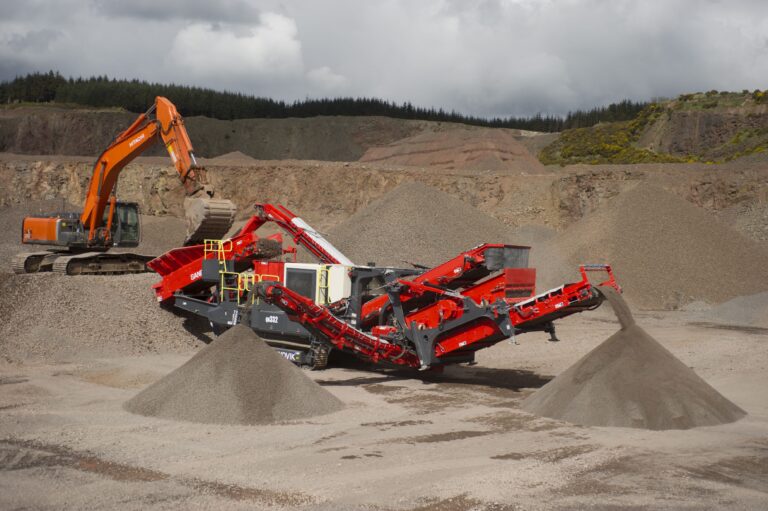What is extremity MRI?Choosing the right kind of diagnostic is very essential. This can be done by extremity MRI. This form of MRI is mainly used for diagnosing particular imaging mainly of extremities. It can be for arms, legs, hands as well as for feet. This is the fact that the open form of the MRI system is designed keeping in mind the comfort of the patient. Even a person who is suffering from claustrophobia will be able to be comfortable during the process of MRI. Extremity MRI in Sparta, NJ follows all the procedures which are required to create comfort for the patient.
This type of MRI is not required to keep the entire body of an individual inside the MRI machine. This is more helpful for children as it allows the parents to be with a child during the time of examination. Unlike the x-ray form of imaging, it does not need radiation. Instead of it, an MRI uses mainly a magnetic field which is not harmful at all.
What does it detect?
Extremity MRI machine mainly provides the exact image of the foot, knee, forearm, wrist as well as hand. It is mainly used to detect the internal conditions of the different body parts. It can be used to detect tumors, fractures, infections that would occur in the bone, problems that are related to the blood Bessel, damage in the nerve including a degenerative form of joint diseases.
They are specially designed for hands elbows, feet, ankles, and knees. This uses the same form of technology as that of full-body MRI.
Process:
This kind of MRI is quieter than that of the ordinary form of MRI scanners. During the time of the scan, the person will be made to sit in a chair while a specific part of the body like an arm or foot will be inserted into the machine. The person undergoing the scanning can remain in their clothes, which mainly depends on the type of scanning which they go through. As usually all jewelry should be removed prior before the examination. It is essential to inform the doctor about any kind of health issues like surgeries or allergies or case if the lady is pregnant.
The images are fed back into the computer screen for a consultant to do the analysis. This type of scan can depict issues of fractures which is not seen in the normal x-ay machine.









